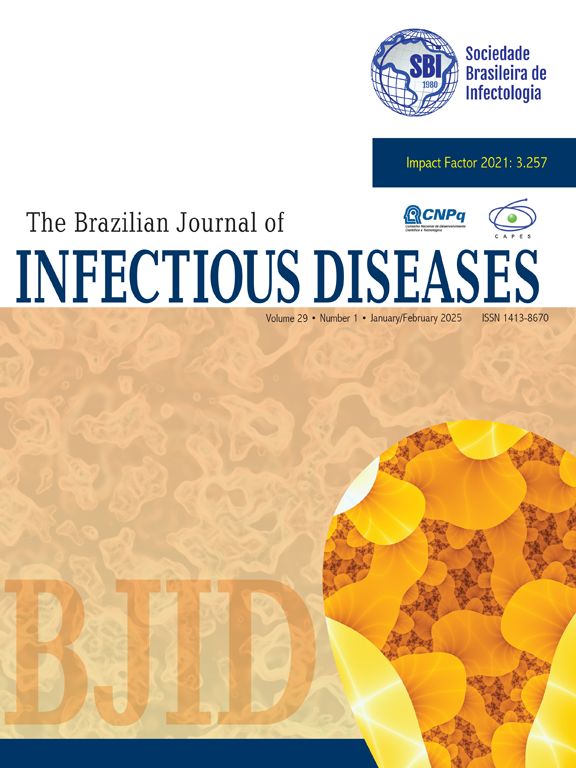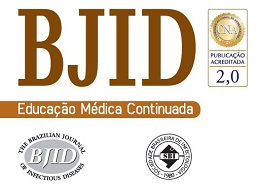The present study was undertaken to characterize CTX-M ESBL-producing Klebsiella pneumoniae collected from hospitals in different cities of Brazil.
Material and MethodsEighty-five K. pneumoniae strains isolated from hospitalized patients in six different hospitals of three cities of Brazil were analyzed. ESBL production was confirmed by the standard double-disk synergy test and the Etest®. The MIC50 and MIC90 for ESBL-producing isolates were determined by the Etest® method. The antimicrobial susceptibilities of bacterial isolates were determined using the agar diffusion method according to the CLSI. Screening for blaTEM, blaSHV, blaCTX-M genes and class 1 integron was performed by PCR amplification. To determine the genomic diversity of CTX-M-producers, isolates were analyzed by macrorestriction profile analysis following PFGE.
Results and DiscussionSeventy-one K. pneumoniae isolates were ESBL-producing. PCR and sequencing experiments detected 38 CTX-M-producing K. pneumoniae belonged to groups CTX-M 1, CTX-M 2, CTX-M 8 and CTX-M 9. The association of different types ESBL (CTX-M, SHV and TEM) was frequent. All K. pneumoniae isolates carried class 1 integron. PFGE analysis revealed thirty-one clonal types among CTX-M-producing isolates. The data presented herein illustrate the diversity of genotypes of CTX-M producing K. pneumoniae among Brazilians hospitals.




